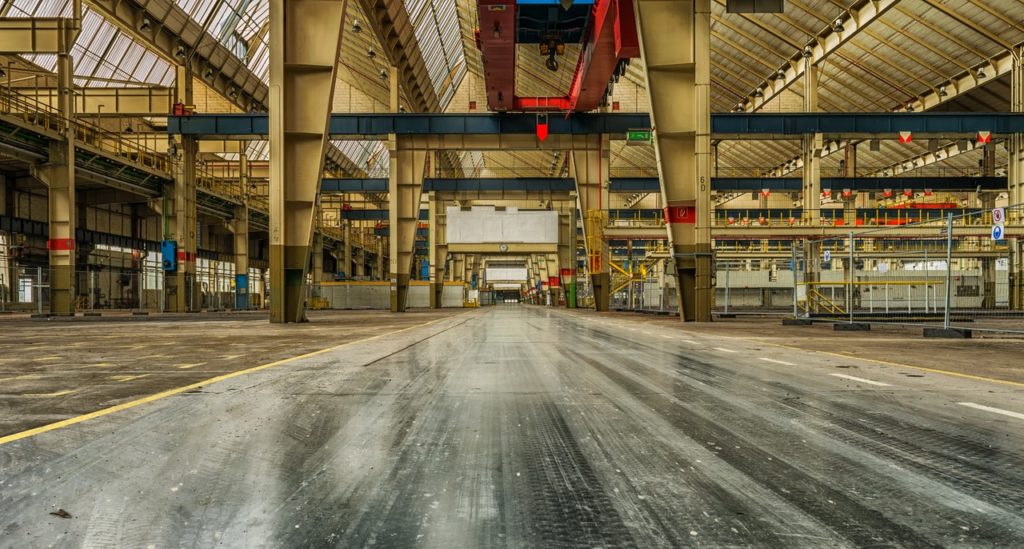For the past several decades, companies have relied heavily on foreign suppliers and manufacturers for cheap labor. The improvements in cross-border communication and transportation allowed for businesses to partner with a third-party provider, usually in East Asia, to deliver components and products for consumers in the United States.
For a while, it worked so well. Even the biggest companies are sourcing and producing in a myriad of other nations before they ship the final product back to the U.S. The process, albeit it has to travel across miles of land and ocean, costs cheaper than if they were created locally. Companies are paying less and earning more because of it.
COVID-19 Upending the Global Supply Chain
However, COVID-19 has halted the global supply chain. When the virus started spreading across the world, borders were immediately closed. Factories in the countries that are hardest hit by the pandemic also shut down.
The impact of the pandemic on the global supply chain was most apparent early in 2020, when almost all developed nations had a shortage of important personal protective equipment, including face masks. The scenes in hospitals were grim. Many doctors and nurses caring for patients who have been infected with COVID-19 had to wear plastic bags to protect themselves from the virus. As a result, many medical professionals were infected.
The problem stemmed from the fact that the U.S. was relying on China-based manufacturers for these needs. When an epidemic of COVID-19 broke out in East Asia, factories had to stop operations which meant no products were shipped to the U.S.
Localization of Supply Chains
The disruption of the global supply chain led to a temporary shift toward localization.
Although a vast portion of production happens overseas, the U.S. still has a number of local suppliers and manufacturers ready to serve all types of businesses.
Lakeside Manufacturing, for example, food service equipment, medical equipment, and other products. Their facilities, which are located in Wisconsin, remained opened and continued operations throughout the pandemic.
During the pandemic, localization saved supply chains. Trends have been moving toward localization for years due to the rising nationalism across the nation, but the pandemic made it a necessity.

The Benefits of Made in the U.S.A.
Production in East Asia is cheap, but it depends solely on cross-border trade. When those borders closed, such as what happened early in the pandemic, the global supply chain was threatened. There was a shortage in the supply of necessary products.
It was not the first time that a crisis affected the global supply chain. The massive tsunami in Japan in 2011 affected the manufacturing of cars and car parts. In that same year, the flooding that occurred in Thailand heavily impacted the supply of semiconductors.
Natural disasters cannot be averted, and there are obvious risks when companies rely on one nation or one region far away for the production of goods. The cost of resources and labor is cheap, but one bad event can put a stop on the supply chain.
On-shoring, or bringing production back home, reduces dependency on manufacturing in East Asia, specifically China, which is in an ongoing trade war with the U.S. Localization grants companies better control on supply and manufacturing.
Moving production locally will obviously cost money which will lead to an increase in prices. However, on-shoring offers numerous benefits. It creates more jobs for Americans, strengthens the national economy, and reduces the carbon footprint of the business and its products.
Decreased Vulnerability from Climate Change
Moving forward, the pandemic will only be the first problem that the global supply chain will face. The continued emission of greenhouse gases into the atmosphere is accelerating climate change. In the near future, extreme weather events will become more frequent and will affect many nations.
Many nations in East Asia, including the ones where factories are located, will be the first to experience the adverse consequences of the warming planet. Continued reliance on East Asia for production opens companies to vulnerabilities.
The early days of the pandemic exposed the risks of off-shore manufacturing which many companies have been doing for years to save on costs of labor and resources. While production overseas leads to lower prices of goods and higher profit for businesses, the system is susceptible to different issues such as the closure of borders, trade wars, natural disasters, and pandemics.
Companies should consider on-shoring their production or, at least, moving their sources somewhere within the region for greater control. Doing so may save them from future problems that would have affected their capacity to serve necessary goods to consumers.




